The Le Mans 24 Hours is twice the length and many times more famous, but there’s a strong case to be made that the Sebring 12 Hours is the toughest endurance sports car race in the world. To find out why, Autocar spoke to a pair of drivers and an engineer, all of whom have won the epic race in Florida, which takes place for the 69th time on Saturday as a key round of the IMSA sports car series. Sebring is one of the ‘big three’ annual endurance events, alongside Le Mans and the Daytona 24 Hours, and for those who have raced there, once around the clock is more than enough given the race’s reputation as an intensely fought car breaker.
Last November, Harry Tincknell scored his first Sebring victory in a race delayed from its traditional March slot because of the pandemic, driving Multimatic’s 2.0-litre four-cylinder turbo-powered Mazda RT24-P DPi racer. This year, Mazda downscaled to a single entry in IMSA, then announced its withdrawal from the series at the end of this season. Tincknell now shares the #55 car with fellow Brit Oliver Jarvis, plus American Jonathan Bomarito, while on the pit stand, Leena Gade calls the shots as engineer. Both Jarvis and Gade are veterans of Audi’s ultra-successful LMP1 endurance racing programme and won the Sebring 12 Hours together in 2013. Gade also has three Le Mans victories to her name and, together with Tincknell, Jarvis and the whole Multimatic crew, is determined that Mazda will leave Florida this week with a second straight win in its farewell season.
What does the Sebring 12 Hours mean to you?
Leena Gade: “It’s one of the hardest. My first was in 2008 with Audi Sport, and we stopped halfway through to change brakes, which was a wake-up call. I’ve only won it once, in 2013, when Olly was in the car. Our race became difficult early on because of car damage. At the end, it looked like a shark had eaten the front of the floor…”
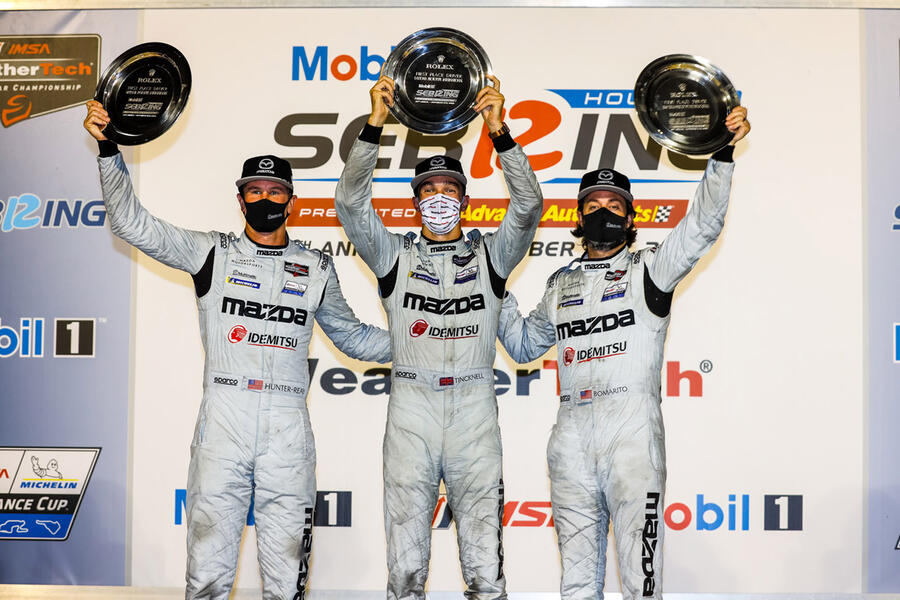

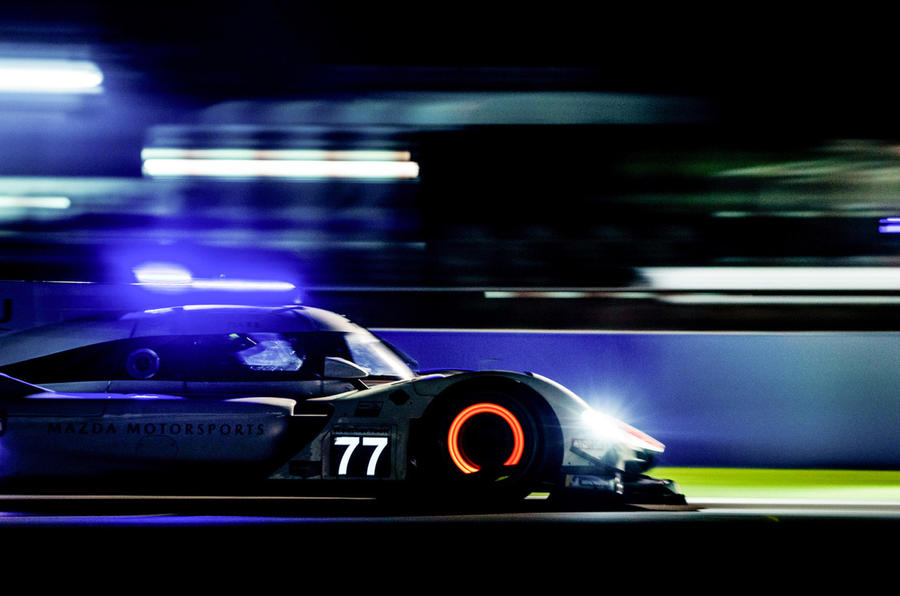






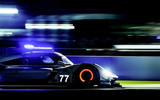







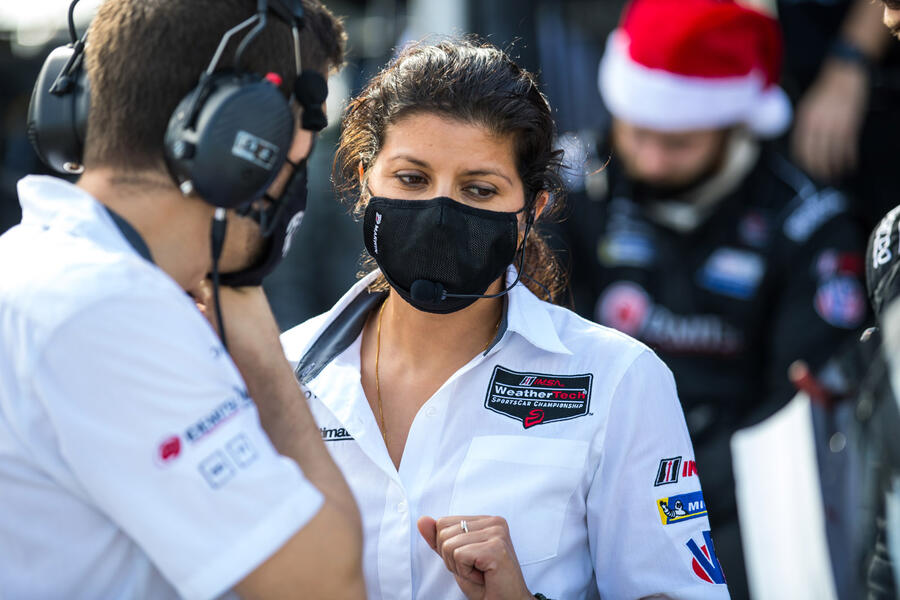
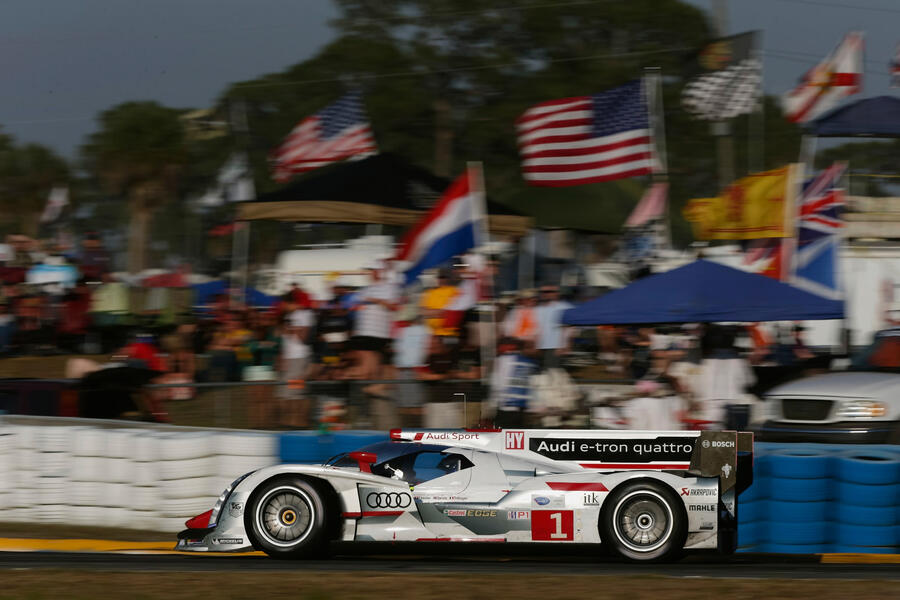
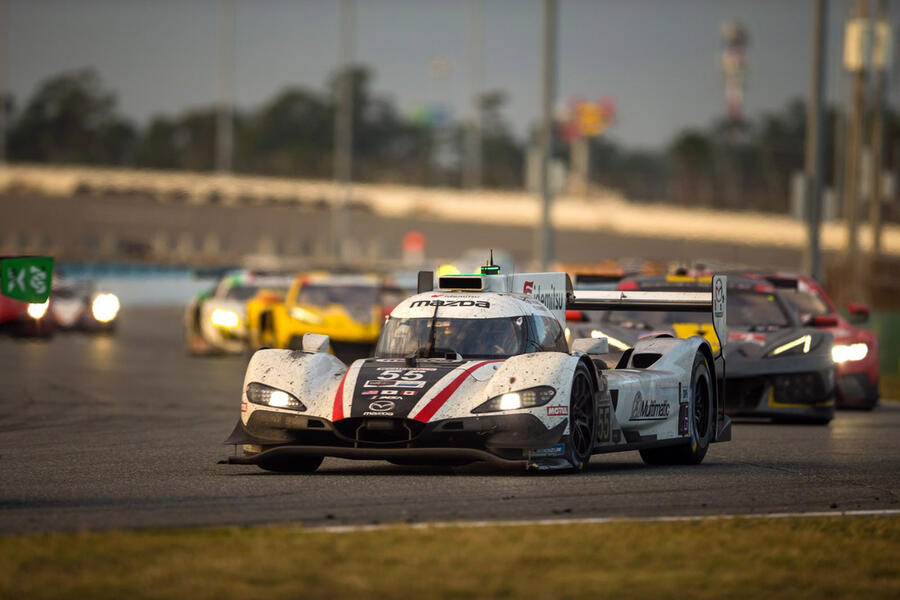


Add your comment